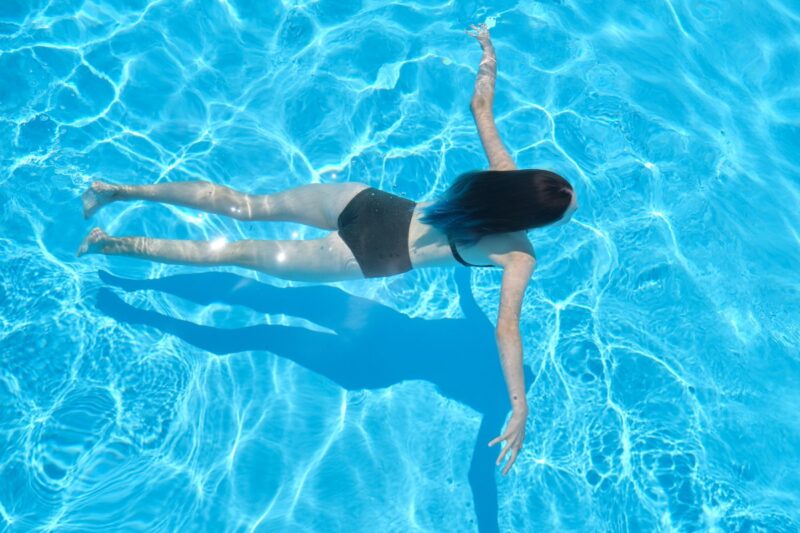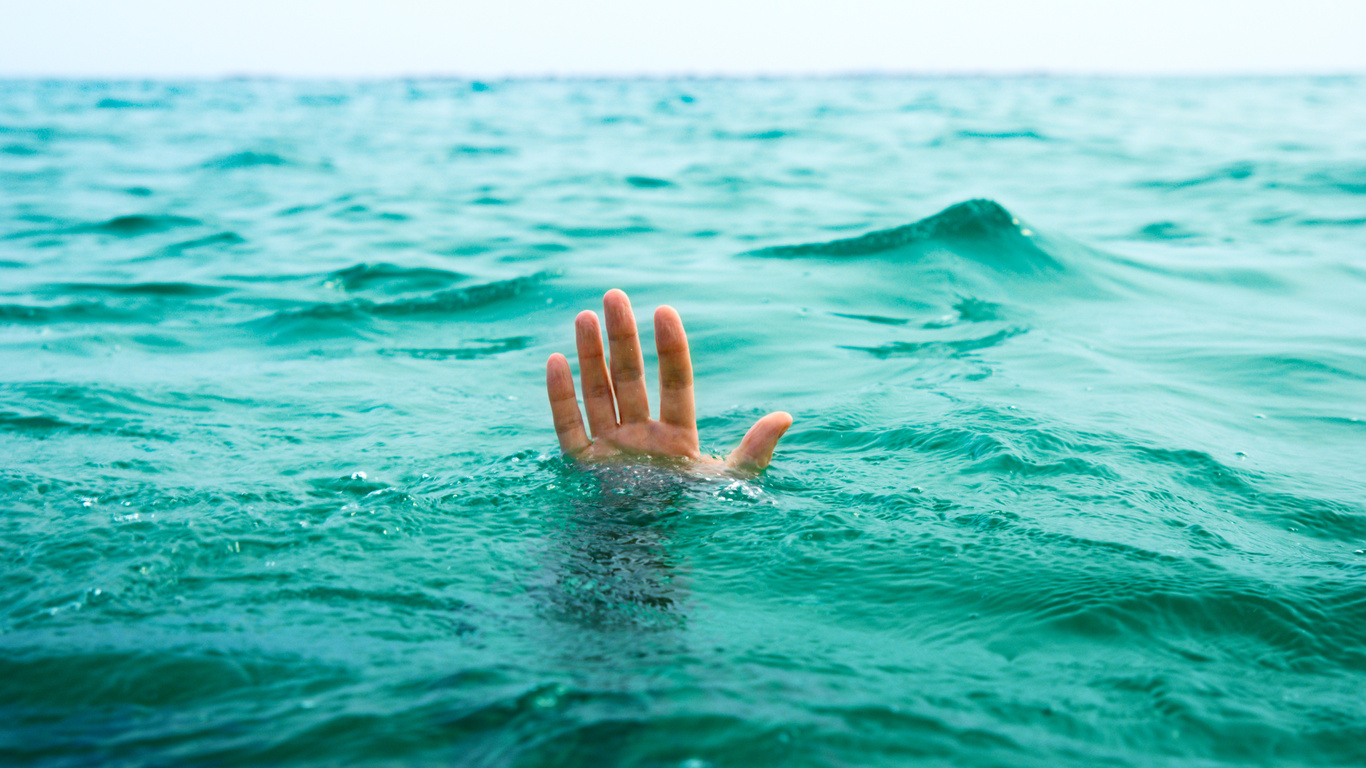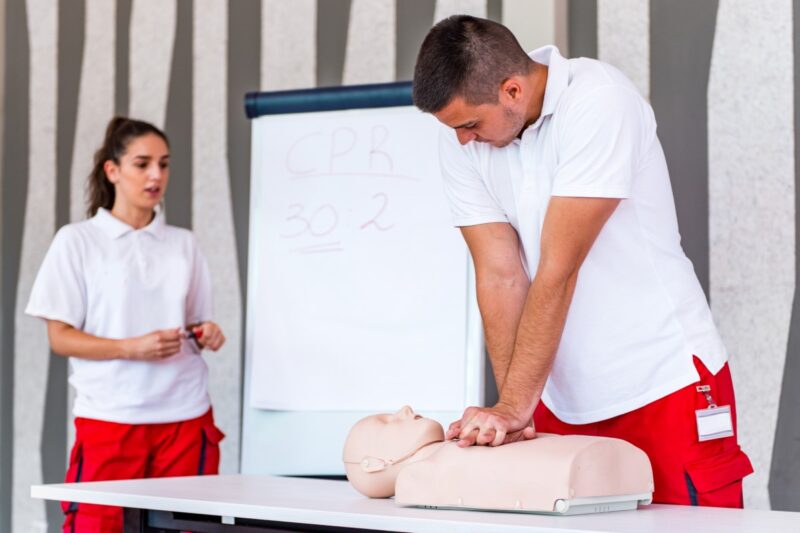
Swimming is a fun way for kids to get active! However, water safety should be kept in mind when your little ones go for a dip. There are a variety of measures that can be taken to prevent your child from drowning. This includes enrolling children in swimming lessons and supervising them in the water. The drowning statistics that are going to discuss sound scary, but educating yourself will ensure that you and your children stay safe in the pool!
Drowning Statistics You Didn’t Know:
Drowning Statistic #1: 163 Children Drowned in a Pool or Spa in the Summer of 2017
Parents can sometimes feel a little too safe leaving their children in the water alone. This can lead to dangerous situations regardless of their skill level. Some unexpected things that can happen in the water include accidents, dehydration, leg cramps and other issues. Drowning happens quickly and unexpectedly.
Remaining vigilant is the best way to keep your children safe in the pool. Stay close by whenever children are using your pool or spa. Child-proofing your pool is a good way to stop accidents from happening. Be sure to be watching your children closely when they are swimming. This means keeping your eyes on them and not being distracted by a book or phone call.
Drowning Statistic #2: Drowning Can Happen Within 20 to 60 Seconds
Someone should always be watching children in the pool. If you are hosting an event like a pool party, consider hiring a lifeguard. These water safety experts know how to react in emergencies. Plus it’s always good to have an extra set of eyes even if parents are present!
Drowning Statistic #3: Drowning is the Cause of Death for Children Ages 1-4
It’s sad, but unfortunately true. Young children are the most vulnerable, due to lack of exposure to water. At this age, children are curious about the water and are not aware of the dangers that come with it.
For this reason, you should prevent younger children from entering the pool area unsupervised. Put up some barriers, fences and locks and cover your pool when it is not in use. Kids can drown in as little as two inches of water. So a deep pool is very dangerous to fall into.
Drowning Statistic #4: A Couple of Inches of Water in Bathtub Can Drown a Child
As mentioned earlier, children can drown in small amounts of water. Little kids, toddlers and infants do not have the balance that we do. This is true both on land and in the water. Falling or rolling over into the water can result in inhaling water and drowning.
Unfortunately, small bodies of water can be found everywhere. Places to remember include bathtubs, deep puddles and other shallow water. Make sure your child is aware of these dangers by discussing home water safety with them.
Drowning Statistic #5: It is Hard to Tell When Someone is Drowning
Pop culture has shown drowning as something obvious. The majority of people do not yell or make noise when drowning. Flailing and splashing are not common either and usually, only a person’s hands are visible. This looks like a weak attempt to grab the air.
Witnessing this might seem like a person is trying to climb an invisible ladder. It’s hard to know when a person is drowning. So educating ourselves is the best way to identify drowning victims. By knowing what to look for, we can go for help and potentially save someone’s life. Knowing the eight quiet signs of drowning is also a good idea.
Drowning Statistic #6: Near Drowning Survivors Do Not Always Return to Full Brain Functionality
Drowning can sometimes cause a person to suffer from brain death and will not be able to wake up after being resuscitated. When we breathe, oxygen gets transferred to our blood, which flows to the brain. Our brain usually takes up 20% of our body’s oxygen. Without this, our cells begin dying off, which puts us at risk of permanent brain damage.
If a person suffers involuntary oxygen deprivation like drowning, they can suffer brain death. This is the complete loss of brain function. Sadly, this happens in just a few minutes, which is why it is important to learn the life-saving skill of CPR!
Knowing CPR can potentially save the life of a friend or loved one. You can use this as a safety measure until help arrives. For example, being alone at home or far away from the lifeguard at the beach are some situations where this skill comes in handy.
Drowning Statistic #7: More Than Half of Child Drownings Happen in Home Pools
This is a statistic that may come as a surprise to some people. However, it actually should not be. Children are most vulnerable in our home pools because of the lack of supervision. At a public pool, there is a lifeguard while at home there is only a parent.
Review our 10 Safety Tips For Your Pool to stay safe next time you go swimming. Following our guide will help you keep your pool safe for your little ones. This ensures that each swim is fun and safe for everyone!









